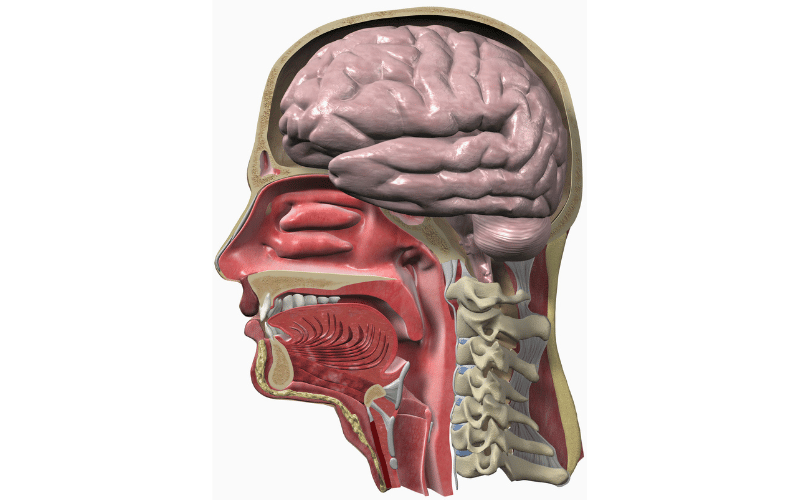Introduction: Stepping into the World of Nasopharyngeal Carcinoma

Nasopharyngeal carcinoma (NPC) might not be a household name, but its impact is far-reaching. For the uninitiated, this cancer arises in the nasopharynx—the area at the back of your nasal passage. And no, it’s not your run-of-the-mill throat cancer; it has its quirks and subtleties. The aim here is simple but vital: to arm you with 15 cornerstone facts about this specific type of carcinoma. Because when it comes to cancer, ignorance is far from bliss.
Let’s get one thing straight: NPC often masquerades as a minor inconvenience. Its symptoms can mirror those of a common cold or sinus infection. Yet, beneath this facade, the disease can wreak havoc if not detected early. That’s why we’re here—to cut through the medical jargon and bring you the facts, unadulterated and straightforward.
Now, why should you care? Well, if you’re a man between the ages of 30 and 50, or if you’ve got some East or Southeast Asian ancestry, this cancer might be especially relevant. But don’t let that make you complacent if you’re outside these demographics. This cancer doesn’t discriminate too strictly; it can strike almost anyone, and forewarned is forearmed.
While many factors contribute to NPC, a frequent guest-star is the Epstein-Barr Virus (EBV). No, not everyone who comes into contact with EBV gets NPC. But the connection is compelling enough to warrant an extra layer of caution and periodic screening if you’ve had a brush with this virus.
So, buckle up as we delve into 15 essential facts that aim to demystify nasopharyngeal carcinoma. Whether you’re looking for preventive insights or seeking a deeper understanding as a patient or caregiver, we’ve got you covered. Stay tuned; you won’t want to miss what’s coming up next.
1. The Nasopharynx: A Hidden Epicenter

The nasopharynx sits at a unique crossroad, almost like a silent sentinel guarding the gateway to your respiratory and digestive tracts. Tucked behind your nose and above the back of your throat, this anatomical spot is more than just a passageway. It’s teeming with lymphoid tissue, making it part of the immune system. You might think, “What’s the big deal? It’s just another part of the throat.” But that’s where you’d be wrong. Its unique anatomical position makes it vulnerable to the specific set of carcinomas that we’re discussing.
Understanding the anatomy of the nasopharynx allows us to get a grip on why this specific cancer type is unique. Unlike other throat cancers, NPC’s positioning makes it incredibly stealthy. Its concealed location means it’s not easily visible through regular medical check-ups, thus allowing malignant cells to flourish undetected.
Now, you might be thinking that all cancers are the same, but NPC’s distinctive anatomical location gives it a unique set of behaviors. Unlike other head and neck cancers, it’s more likely to metastasize early, making swift and targeted treatment crucial. Time, in this case, is genuinely of the essence.
Anatomy isn’t just for medical students; it’s pertinent to anyone looking to truly understand this cancer type. Knowing where this cancer lurks can make all the difference when it comes to decoding symptoms and understanding the stakes involved. The nasopharynx is not just another part of the throat; it’s an area uniquely predisposed to nasopharyngeal carcinoma, both aiding and abetting its stealthy progression. (1)